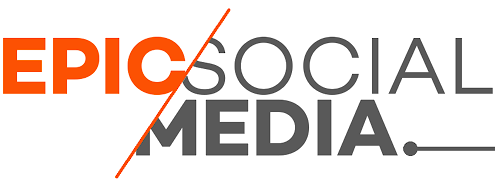INTRODUCTION
Proper use and maintenance of training equipment are essential for ensuring its longevity and performance. Educating all users on these practices is crucial. By providing guidelines and training, you help prevent damage and promote a culture of care and responsibility. This article discusses the importance of educating users on equipment use and maintenance.
IMPORTANCE OF USER EDUCATION
Educating users on the proper use and maintenance of training equipment is vital. It ensures that everyone knows how to handle the gear correctly, which helps prevent misuse and damage. Well-informed users contribute to the overall longevity and performance of the equipment, making it a worthwhile investment.
PROVIDING COMPREHENSIVE GUIDELINES
Offer comprehensive guidelines that cover the basics of equipment use and maintenance. These guidelines should include step-by-step instructions, safety tips, and maintenance routines. Clear and accessible information helps users understand their responsibilities and how to care for the equipment properly.
TRAINING SESSIONS FOR USERS
Conduct regular training sessions for all users. These sessions can demonstrate the correct use of each piece of equipment, highlight common mistakes to avoid, and explain maintenance tasks. Interactive training sessions help reinforce the importance of proper care and allow users to ask questions and clarify doubts.
EMPHASISING SAFETY PRACTICES
Safety is a critical aspect of using training equipment. Educate users on the importance of following safety practices, such as checking equipment stability before use, using appropriate weights, and ensuring that the equipment is in good condition. Emphasising safety helps prevent accidents and injuries.
DEMONSTRATING PROPER EQUIPMENT USE
Show users how to use each piece of equipment correctly. This demonstration includes adjusting settings, using proper form, and avoiding actions that could cause damage. Demonstrations can be part of training sessions or provided through instructional videos accessible to all users.
HIGHLIGHTING MAINTENANCE TASKS
Educate users on basic maintenance tasks they can perform. This task might include wiping down equipment after use, checking for loose bolts, and reporting any issues immediately. Regular user-performed maintenance helps keep the equipment in good condition between professional servicing.
CREATING A MAINTENANCE SCHEDULE
Implement a maintenance schedule that includes both user-performed tasks and professional servicing. Display this schedule prominently where all users can see it. A clear and structured schedule ensures that maintenance tasks are consistently performed, contributing to the longevity of the equipment.
ENCOURAGING RESPONSIBILITY
Promote a culture of responsibility among users. Please encourage them to take ownership of the equipment’s care by following guidelines and reporting any issues promptly. When users feel responsible for the gear, they are more likely to treat it with care and respect.
MONITORING AND FEEDBACK
Regularly monitor the condition of the equipment and gather feedback from users. Use this information to identify areas where additional education or maintenance may be needed. Continuous monitoring and feedback help maintain the quality of the equipment and the effectiveness of the education programme.
CONCLUSION
Educating users on the proper use and maintenance of training equipment is essential for its longevity and performance. Providing comprehensive guidelines, conducting training sessions, and promoting a culture of responsibility ensure that the equipment remains in good condition. By fostering a well-informed and responsible user base, you help extend the life of your gear and create a safer, more effective workout environment.

